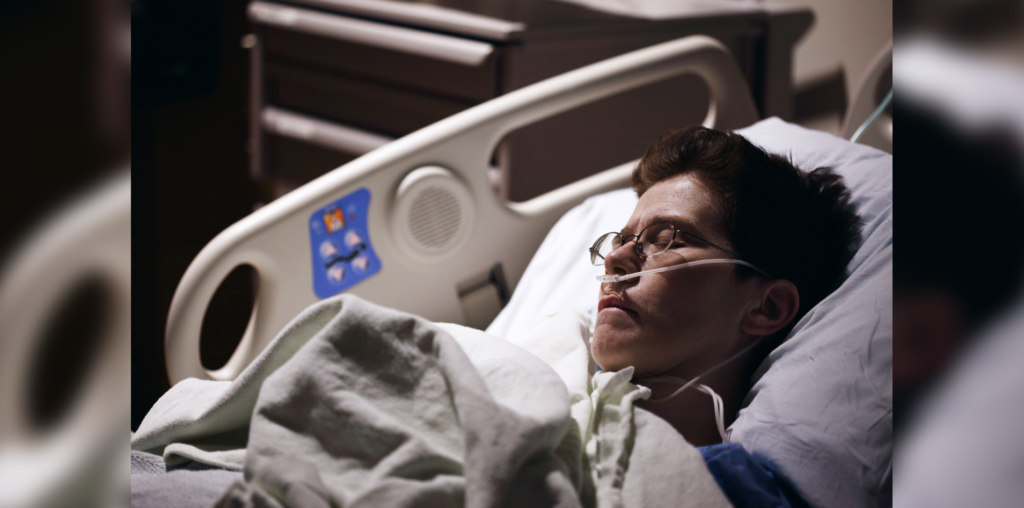
The drugs, expertise, and technology of modern healthcare save millions of lives every year. However, mistakes do happen and even when everything seems to go right, adverse events can occur. And the number of patients who experience preventable harm in the healthcare system in the U.S. is notably high.
A recent study published in the New England Journal of Medicine indicated that nearly one in four patients who were admitted to hospitals experienced some form of harm during their stay. The study reviewed medical records of 2,809 people admitted to 11 Boston-area hospitals in 2018. While the study found that about 24% of admitted patients experienced harm, most of these events were considered unpreventable, which includes known side effects from medications or known surgical risks. About 7% of these patients were found to have experienced an adverse event that was deemed preventable with 1% of the total experiencing serious preventable harm and one death that was considered preventable. The lead study author Dr. David Bates said that “these numbers are disappointing, but not shocking.” With this in mind, we asked the Figure 1 community for their thoughts.
Here is what more than 600 healthcare professionals had to say.
Is This a Surprise?
We posed this study to the Figure 1 community and asked if the results came as a surprise. As it turns out, most HCPs are in agreement with Dr. Bates, as 74% of respondents said no, the results were not surprising. This left 21% of respondents stating that they were surprised by the study and 5% remaining neutral. While it is unfortunate to see preventable harm rates be so high, what may be even more concerning is that HCPs can expect these numbers to be reality.
Can It Be Reduced?
We asked our respondents if they thought the preventable harm rate of 7% was too high. Given that “preventable” is in the term, it came as no surprise that a 76% majority did think 7% was too high. This left 18% saying no, 7% was not too high and 6% remained unsure.
What was more interesting was our respondents thoughts on if the unpreventable harm rate could be reduced. A total of 82% of respondents believed that unpreventable harm could be reduced. This left 8% saying no, it could not be reduced and 10% remaining unsure. Although a majority of adverse events found in this study were deemed unpreventable, HCPs seem to see that as a loose definition and with proper care, even “unpreventable” events can be reduced.
What Can Be Done?
With HCPs acknowledging that these rates of harm are high and can be reduced, we asked the Figure 1 community what they thought could be done to lower harm rates in hospitalized patients. There was a lot of potential solutions given but one stood out among the rest. Many respondents said that improving staff to patient ratios would go a long way to improving harm rates in patients. One registered nurse stated, “Better patient to nurse ratios, 1:4 on most units …” with another saying, “Can only echo what other respondents have posted. Improve the nurse to patient ratios …”
Another common mention was to improve communication. One optometrist replied saying, “Some of it is the ratio of staff to patients but a lot of it is poor communication. I have been an ER patient a few times and have seen some terrible confusion …” and a family medicine provider stated, “Teamwork is the key to reduce complications. Everyone should have input into care. There should be no hierarchy, bullying or cognitive bias in the hospital system.”
While many responses were given, the third largest theme seen was that care needs to slow down and focus on quality rather than quantity. A registered nurse responded, “I find errors all of the time that can be prevented by all disciplines. Sadly, our system rewards productivity instead of quality.”
One physiotherapist sums everything up quite nicely saying, “Increase staff/patient ratio, reduce the amount of unnecessary admin, reduce the amount of unnecessary meetings, take time to know patients, have more staff continuity with patients, stop unnecessary moving of patients between wards … list goes on …”
It is quite clear that HCPs know that preventable harm exists and is seemingly becoming more rampant. They are also passionate about wanting to solve the problems that lead to high rates. So, the only question left is how do we get the system to change?
Published April 3, 2023
Join the Conversation
Sign up for Figure 1 and be part of a global community of healthcare professionals gaining medical knowledge, securely sharing real patient cases, and improving outcomes.


